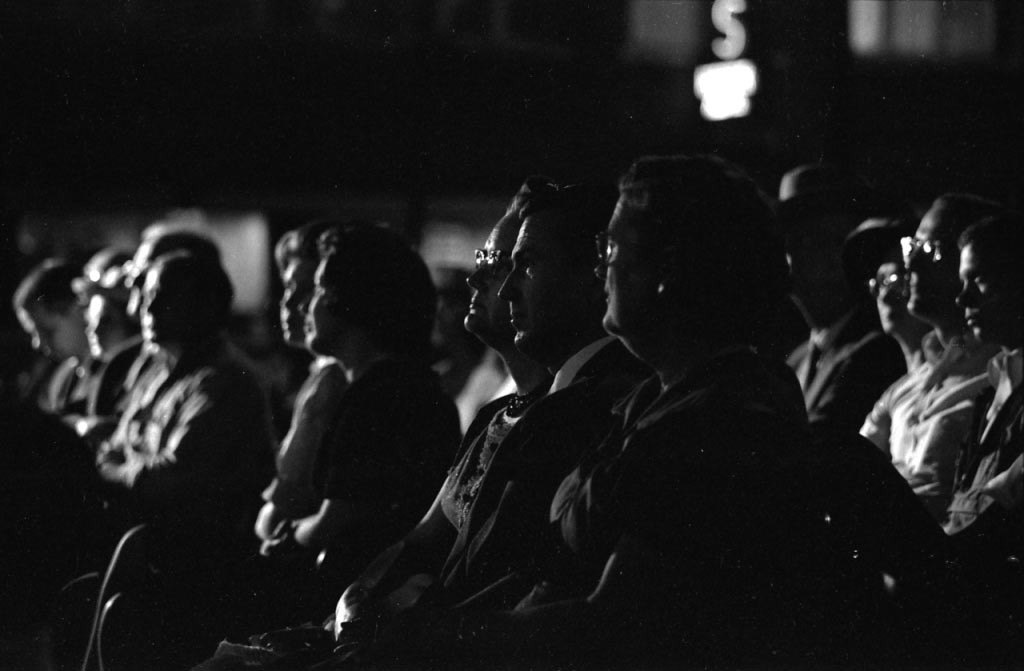All of us innately know how important pausing is. But like many things knowing it and doing it are two entirely different things!
In our busy lives that quiet peaceful time between Christmas and the New Year is a wonderful time to pause. To reflect on the year that was. And to contemplate with anticipation the year ahead. Brilliantly, the Norwegians even have a name for this time of year – it is called Romjula.
In life, and also when presenting, pausing is important. In fact, pausing as presenters is possibly the most important skill to master. It’s one of the things that sets good presenters apart from great presenters.
Before we get into that though, isn’t it ironic that one of the most important skills a presenter needs to learn is how and when NOT to present. Interesting eh?
Why is pausing so effective?
Cast your mind back to a recent presentation that you’ve sat through where the presenter rattled through his/her content and slides like a runaway train. Every sentence and every slide racing one after the other without a break, a pause or a gap.
How did that feel for you and the rest of the audience? Confusing, overwhelming, exhausting? Messages buried by words? Meaning drowned by noise? Quite likely! Compare that experience with Barack Obama’s Nobel Peace Prize acceptance speech
It’s clear, even from watching just a few minutes of this speech, how pausing gives Barack Obama incredible poise, control, gravitas and authority as a presenter; and how he uses pausing to seemingly simplify his message whilst at the same time magnifying the significance of its meaning.
When should I pause during a presentation?
Here are 5 types of easy-to-include Pauses that every presenter should master.
1) The “Thank You (I really mean it) pause”.
Most people start a presentation by saying something like ‘Thank you everyone for coming along today. The objective of this presentation is to talk to you about….’. A ‘thank you’ delivered in this way is akin to the standard response to someone who has just given you a gift, as in “thank you Sarah for the lovely present and did you watch last night’s episode of Game of Thrones?”. You can hear how utterly insincere that ‘thank you’ would come across to Sarah, simply because there isn’t a pause to allow that gratitude to sink in.
When you thank your audience, whether it’s at the start or end of your presentation, say it like you mean it, and pause when you’ve said it. Let your sincerity sink it.
As an aside I think Obama’s Eye Connection is a bit erratic during the first few seconds of this speech. Lesson to all of us – make sure you match the sincerity of your words with the sincerity of your eye connection.
2) The “And Now For Something Different pause”.
Every presentation should be split up into sections or agenda items. Or to put it another way, your presentation should feel like a story made up of different chapters. If you think of a book made up of chapters you’ll probably recall the white space at the bottom or the top of pages in-between chapters in the book. This ‘visual pause’ signals to the reader that one part of the story is finishing and another is beginning.
In fact we have ‘pausing’ everywhere in our lives to denote the finish of one thing and the start of something different. Romjul is a case in point – pausing at the end of one year and before we start with the next. The break, or pause, we have in-between courses in a meal acts in the same way. As does opening and closing doors from one room to another.
So that your listeners don’t get confused about where they are in your story/presentation, it’s important that you use strong pausing when you’ve finished one section of your presentation and are about to start another.
3) The “This is an important Key Message pause”.
To ensure the key messages from your presentation, or the ‘Points of Persuasion’ as we at secondnature call them, become the messages your listeners will walk away with and remember, you need to emphasise them. To do this, you need to make sure they STAND OUT from the rest of your content.
Pausing is the crucial foundation technique for creating such emphasis.
Before you deliver a point of persuasion – pause. This will give your audience time to digest the detail you have just shared with them and create a ‘space’ for the message you’re about to deliver.
Use siren words to herald your key message like ‘The critical point to remember is …’; ‘Ultimately what this all means is ….; ‘The most important take-out is …’. Followed by your message delivered clearly, concisely and with conviction. Pause again once you’ve landed your message. This pause is vital for providing your audience with time to reflect and absorb the key message, helping them to commit it to their memory.
HINT: where appropriate you can also emphasise key messages on your slides by using a consistent image, writing them using a different colour, putting them in bold or CAPITALS, placing them in a box or even dedicating a slide to each one.
4) The “It’s about ‘We’ not ‘Me’”.
All too often presenters think that their presentations are all about them and their content. They reinforce this sentiment by never pausing long enough to allow time for the audience to participate or ask questions along the way. How disengaging is that! Frankly it’s pretty arrogant because the most important people in the room are actually the audience. It certainly isn’t the presenter.
All great presenters know this and have mastered the art of pausing throughout their presentations in order to give their listeners time to provide their thoughts and feedback on the content and to ask questions of the presenter.
In fact, we actually encourage presenters to actively invite feedback and questions by pausing and saying something like ‘What are your thoughts at this stage?’ or ‘Does anybody have any questions about what I have just shared?’
At the end of the day an involved audience is an engaged audience, and an engaged audience is an interested audience. And that’s what every presenter wants, right?!

How many times have you sat in a presentation and the presenter has said ‘Now I know this is a busy spreadsheet but…’ and then they’ve proceeded to race through the data leaving a trail of bewildered audience members? Or they’ve shared what looks like an interesting, even possibly a pivotal, graph but because they moved on from the graph to the next slide so quickly no one gets the chance to appreciate what the graph actually means? As a professional presentation observer I experience both situations literally multiple times every day.
The solution is so straightforward. It’s to simply pause. Stop talking after you’ve taken your audience through the spreadsheet, or shared a graph with them, so that they have time to fully grasp and take in what the numbers or the graph means. It only takes a few seconds but that few seconds can mean the difference between your audience scratching their heads in confusion, or worse smiling and pretending that they understand what you’re talking about, and them fully comprehending the message you’re trying to deliver.
The same rationale applies when you deliver a thought-provoking quote. Too many presenters narrate the quote and then race onto the next slide. Please don’t be one of those presenters. Instead deliver the quote and then insert a luxuriously long pause to give the audience time to really reflect on and internalise the meaning of that quote. You’ll be amazed at the difference it makes.
Harness the power of pausing
Pausing is a critical element of presentations and is pivotal to delivering an engaging performance for your audience. However, to truly make your presentations memorable, you must also harness the skills to ensure that the information either side of those pauses is as thought provoking, powerful, or as insightful as it needs to be. Get in touch with secondnature and inherit these talents with experienced, personalised coaching from presentation skills professionals.

Belinda is the Co-Founder and Managing Director of SecondNature International. With a determination to drive a paradigm shift in the delivery of presentation skills training both In-Person and Online, she is a strong advocate of a more personal and sustainable presentation skills training methodology.
Belinda believes that people don’t have to change who they are to be the presenter they want to be. So she developed a coaching approach that harnesses people’s unique personality to build their own authentic presentation style and personal brand.
She has helped to transform the presentation skills of people around the world in an A-Z of organisations including Amazon, BBC, Brother, BT, CocaCola, DHL, EE, ESRI, IpsosMORI, Heineken, MARS Inc., Moody’s, Moonpig, Nationwide, Pfizer, Publicis Groupe, Roche, Savills, Triumph and Walmart – to name just a few.


